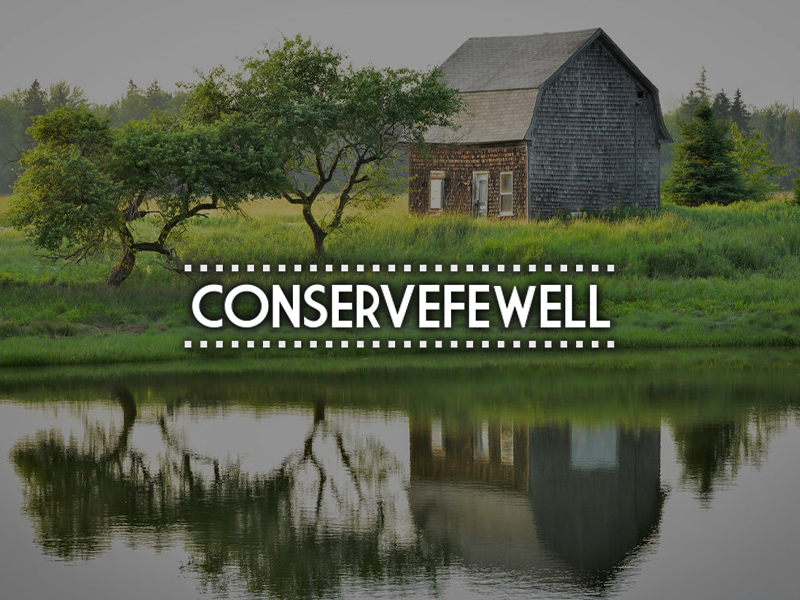By Brent Fewell
Promising news flowing from the Chesapeake Bay. U.S. EPA is reporting that pollutants, such as phosphorous, nitrogen, and sediment, entering the Bay have fallen significantly since 2009. And the Bay is showing resilience as its inhabitants, such as  blue crabs, oysters, and rockfish are beginning to show signs of thriving once again. While much credit goes to the U.S. EPA, USDA, and the Bay States for continuing to work tirelessly to fix a very complicated environmental and sociological problem, we can thank many organizations, landowners, farmers, businesses, and local communities for their individual actions which collectively have resulted in a positive good.
blue crabs, oysters, and rockfish are beginning to show signs of thriving once again. While much credit goes to the U.S. EPA, USDA, and the Bay States for continuing to work tirelessly to fix a very complicated environmental and sociological problem, we can thank many organizations, landowners, farmers, businesses, and local communities for their individual actions which collectively have resulted in a positive good.
The cause of the Bay’s decline is not attributable to any one or two major sources, but rather is the byproduct of 17.5 million little sources who live, work and play in the 64,000 square mile Chesapeake Bay watershed. The Academy of Public Administrators said it best in a 2010 report titled Taking Environmental Protection to the Next Level,
When we fertilize our lawns, drive our cars, wash our dishes, or go about our other daily routines, we contribute to making our streams, rivers, bays, and oceans unswimmable and toxic to marine life. The same potential arises as farmers grow the food we eat, when businesses dispose of the byproducts of their work, and when builders create new communities. In short, the necessities of life and pollution of our environment are inextricably linked.
Credit also needs to go out to the Commonwealths of Pennsylvania and Virginia for showing leadership in the face of great opposition to establish market-based nutrient trading programs, which provide the right incentives for landowners to engage in land conservation, and entrepreneurs like Peter Hughes of Red Barn Trading, who bring together the buyers and sellers of nutrient credits; and groups like the Chesapeake Bay Foundation who have relentlessly brought attention to the plight of the Bay and promoted conservation. These are the little platoons for conservation of which Edmund Burke spoke. While there are too many to mention here, other very deserving conservation warriors who have helped advance market-based solutions include:
Tracy Mehan, the former Assistant Administrator of U.S. EPA’s water office, who adopted EPA’s first nutrient trading policy.
Benjamin Grumbles, the longest-serving Assistant Administrator (and my former boss), at EPA’s water office, who continues to push outside-the-box thinking at U.S. Water Alliance.
Ann Mills and her team over at USDA (and prior USDA leaders Bruce Knight, now with the Bipartisan Policy Center, and Arlen Lancaster, now with the Wyoming Nature Conservancy).
Dan Nees now with the University of Maryland Environmental Finance Center.
Cy Jones of World Resources Institute.
Paul Faeth, formerly of WRI but now at CNA.
Former head of PADEP, Katie McGinty, whose remarks during EPA’s second national water quality trading summit in 2006, “nutrient trading is no longer a luxury, it’s a necessity,” stirred a call for action.
Ricardo Bayon of the EKO Asset Management Partners, formerly of the Katoomba Group (another group doing great conservation work around the world).
Alex Beehler, former Assistant Deputy Under Secretary at DOD, who is now at FBD.
Alex Echols of Sand County Foundation.
The Pinchot Institute for Conservation.
And all my friends and former colleagues at U.S. EPA, who continue to push for better solutions to these complex environmental challenges. But a special thanks goes out to Ginny for her valiant efforts during my EPA tenure.

